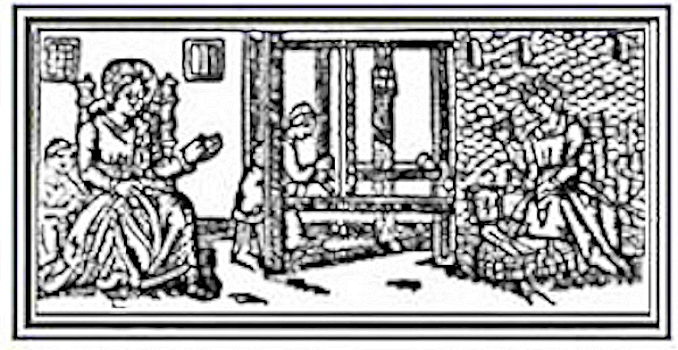Red Cabbage & vinegar Pickled Beet juice Rosehip tea Blackberry tea Turmeric PaprikaFor each Easter egg, I used the following dye method.
- Hard boil all the eggs first.
- Use clean glass jars for each dye.
- Half fill the glass jars with water.
- Heat in the microwave for 3 minutes on high power or until the water is almost boiling.
- Add the dyestuff and stir until dissolved. (some of the dyes don’t dissolve, so just stir well.
- Place the boiled egg into the glass jar, ensuring that there is sufficient water to completely cover the egg.
- Let the jar stand overnight.
- Remove the egg and place it onto a clean coffee filter or other paper until dry.
Shop for Natural Dyes at Paivatar.com
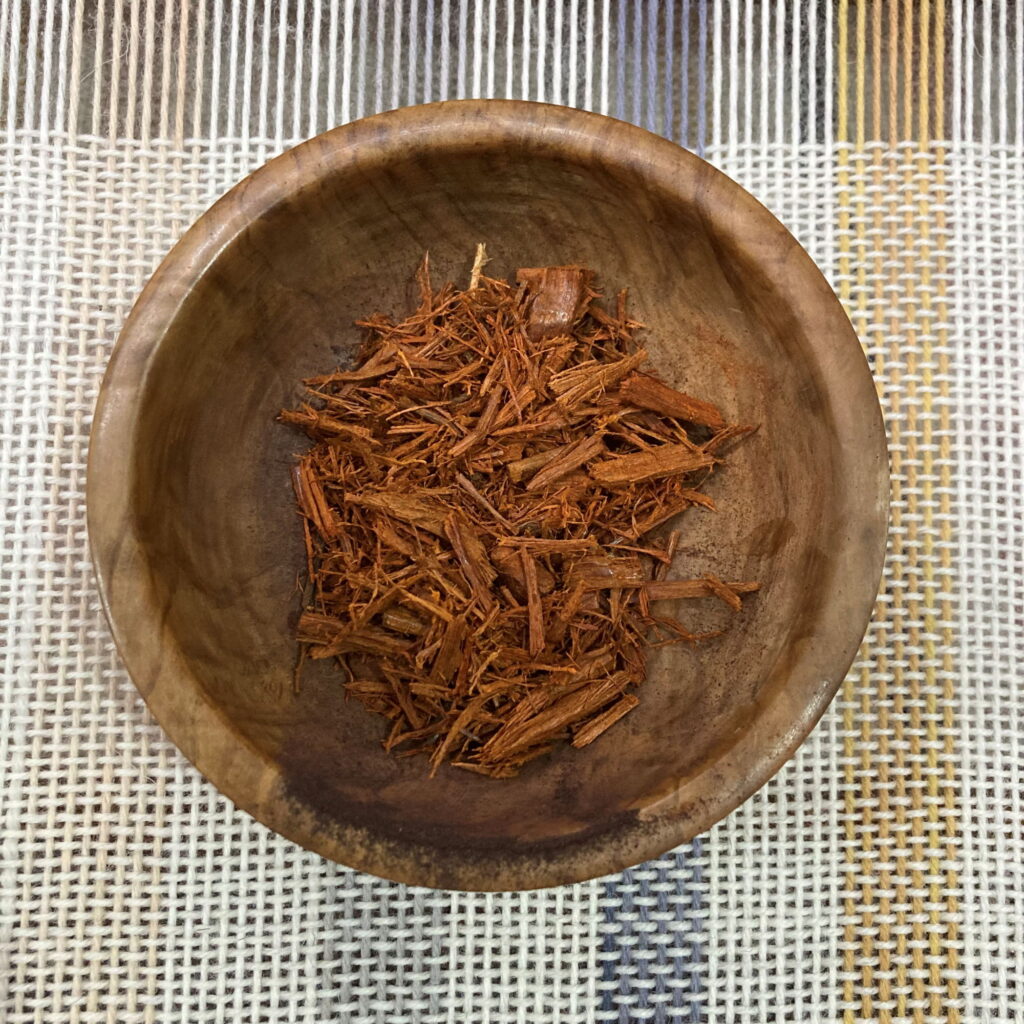
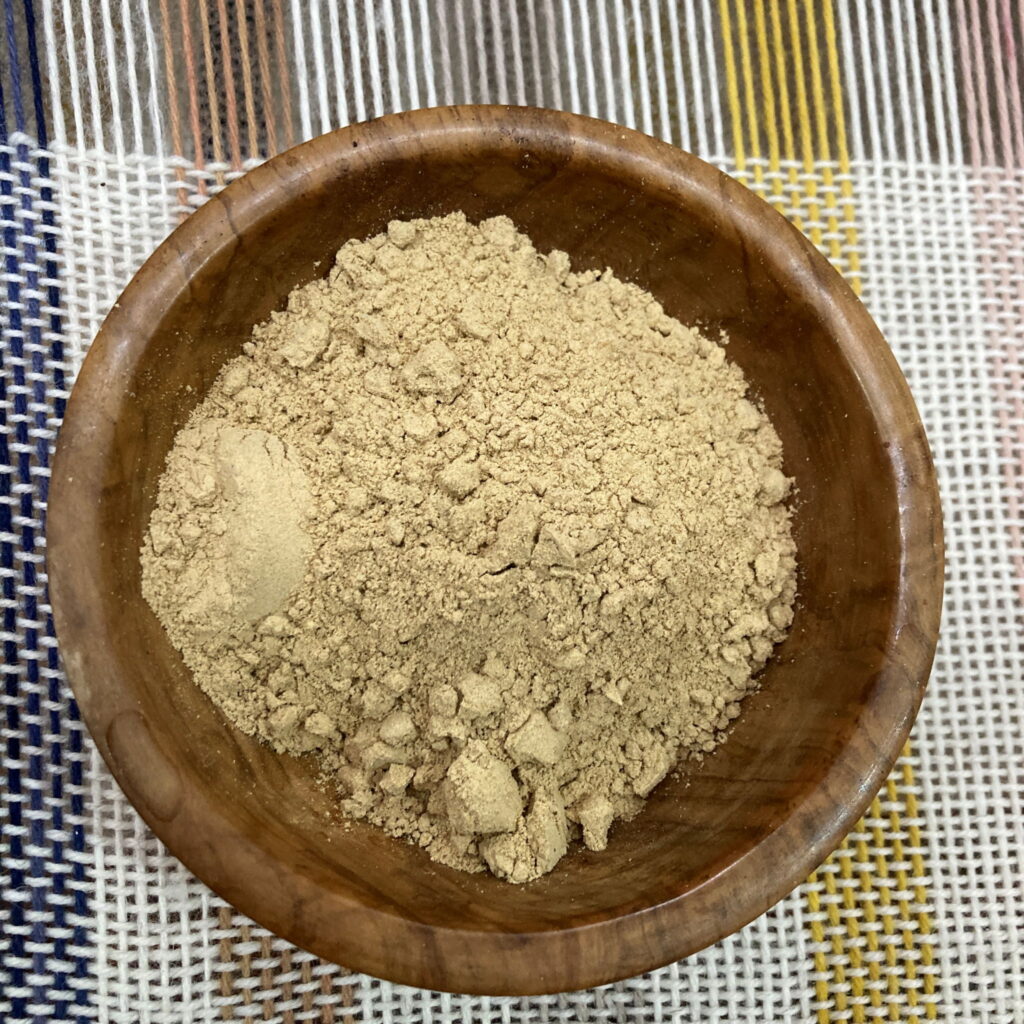
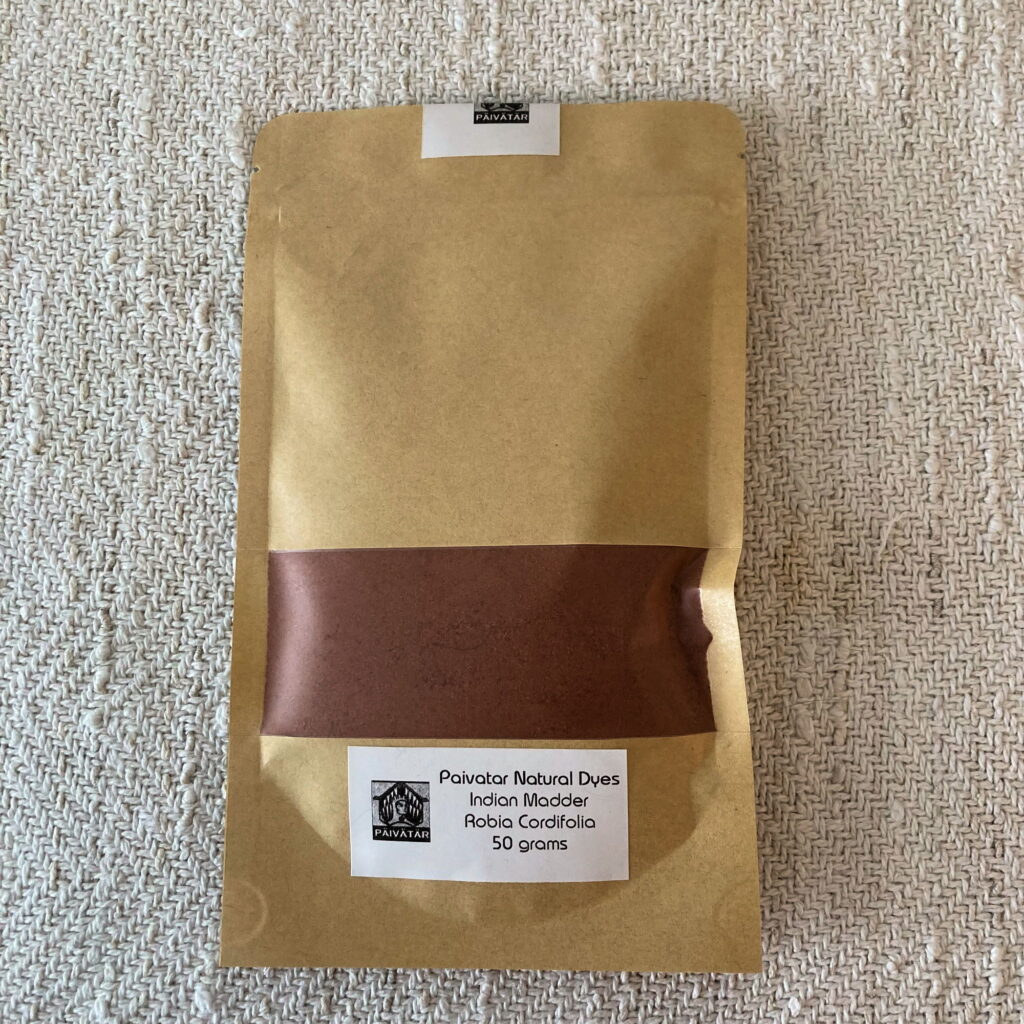
AFFILIATE LINKS
As an Affiliate (Influencer)I earn income (pennies) from qualifying purchases.
Thank you for your support.
SHOPPING: EBay.com
EBay Used Weaving Looms
EBay Used Spinning Wheels
EBay Wool Roving
EBay Nalbinding
EBay Natural Plant Dyes
EBay Crochet Thread
EBay Knitting Yarns
LOVECRAFTS KNITTING PATTERNS
 LONGTHREAD MEDIA VIDEO
LONGTHREAD MEDIA VIDEO
 LONGTHREAD MEDIA SUBSCRIPTIONS
HANDWOVEN MAGAZINE
PIECEWORK MAGAZINE
SPINOFF MAGAZINE
LEARN LONGTHREAD MEDIA
PAIVATAR HANDMADE
LONGTHREAD MEDIA SUBSCRIPTIONS
HANDWOVEN MAGAZINE
PIECEWORK MAGAZINE
SPINOFF MAGAZINE
LEARN LONGTHREAD MEDIA
PAIVATAR HANDMADE
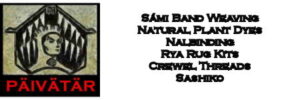 Paivatar on YouTube
Visit my YouTube channel for how-to craft videos.
Paivatar on YouTube
Visit my YouTube channel for how-to craft videos.
 LONGTHREAD MEDIA VIDEO
LONGTHREAD MEDIA VIDEO
 LONGTHREAD MEDIA SUBSCRIPTIONS
HANDWOVEN MAGAZINE
PIECEWORK MAGAZINE
SPINOFF MAGAZINE
LEARN LONGTHREAD MEDIA
PAIVATAR HANDMADE
LONGTHREAD MEDIA SUBSCRIPTIONS
HANDWOVEN MAGAZINE
PIECEWORK MAGAZINE
SPINOFF MAGAZINE
LEARN LONGTHREAD MEDIA
PAIVATAR HANDMADE
 Paivatar on YouTube
Visit my YouTube channel for how-to craft videos.
Paivatar on YouTube
Visit my YouTube channel for how-to craft videos.
Or Please visit my Channel on Rumble for more how-to videos.
https://rumble.com/Paivatar
LIVE STREAMS - Paivatar Studio
KICK
TWITCH MAKERS&CRAFTING
YOUTUBE
Categories: Easter Crafts, NATURAL DYES
